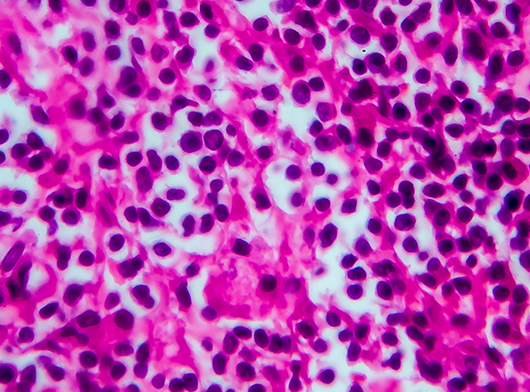PET CT accesses spread to regional nodes or distant
metastases to other body parts. It provides functional and
morphological details by utilising radiation derived from Isotope
labelled Glucose molecules to detect cellular glucose uptake, in
cancer.
Lymph node biopsy - The lymph node may be removed during an
image-guided CT
scan thoracoscopy, mediastinoscopy or laparoscopy.
They may remove the lymph node and send it for further evaluation.
Bone marrow aspiration and biopsy – In this procedure, a
sample of bone marrow and a small piece of bone is collected by
inserting a hollow needle into the hipbone or breastbone.



.png)
